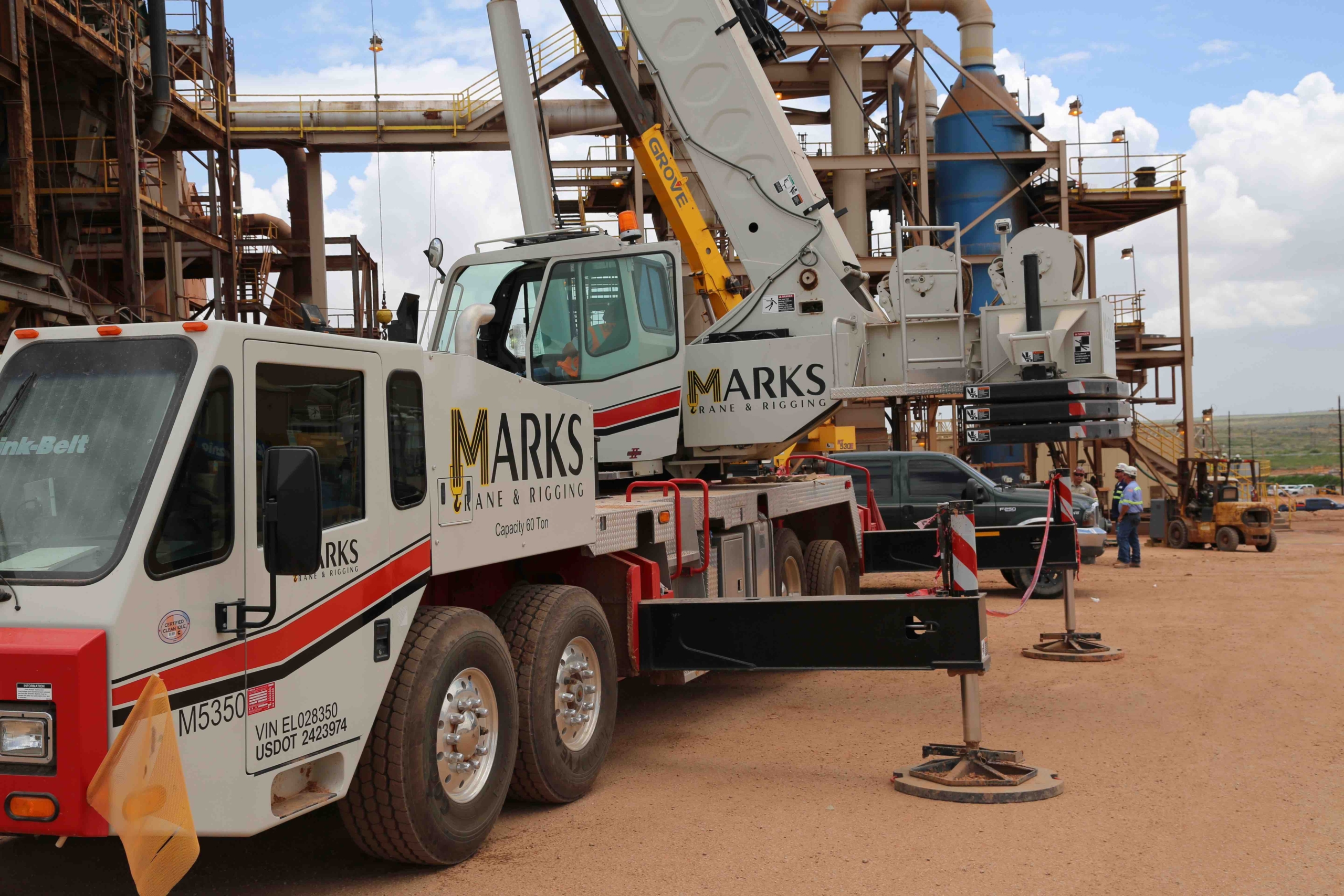Plan for Success
When working with cranes, planning is essential from the start of the project through to the end. The U.S. Bureau of Labor Statistics reported 297 fatalities from 2011-2017 in its report on fatal occupational injuries involving cranes. That averages to 42 reported crane-related deaths in the U.S. per year.
An article on Construction Superintendent (www.consupt.com), written by the general superintendent at DPR Construction, Robert Pavelka, provides DPR’s best practices for crane planning.
- Enhanced planning for critical vs. noncritical picks
- Communication is key
- Leverage technology
- Use outside experts
- Develop a company-wide crane knowledge network
- Plan for the end
Read Pavelka’s article for more best practices.
Many of the same principles apply to selecting crane pads and outrigger pads. Companies should establish specific criteria to select and deploy everyday outrigger pads for noncritical, daily lifting scenarios. This paves the way for establishing critical lift parameters.
“Regarding rules of thumb, there are no rules of thumb that take both the equipment loads and the ground conditions into account. For these reasons, using rules of thumb for selecting crane pads should be viewed as potentially dangerous, and their use should be avoided,” says Kris Koberg, CEO of DICA.
Determining the proper supporting materials (pads and mats) for equipment is a process that should not be taken lightly. Crane and outrigger pad selection should be a strategic decision based on criteria that is important to each company and the specific crane. Developing this approach enables companies to standardize crane pad selection, usage guidelines and limitations across its fleet of equipment.

“Regarding rules of thumb, there are no rules of thumb that take both the equipment loads and the ground conditions into account. For these reasons, using rules of thumb for selecting crane pads should be viewed as potentially dangerous, and their use should be avoided,” says Kris Koberg, CEO of DICA.
“We follow DICA’s Fitting Process to help customers define their needs so we can help them select products with the appropriate strength and stiffness,” said Koberg. Many DICA customers are aligned with utilizing an everyday outrigger pad strategy. “Establishing a standardized approach to crane and outrigger pad selection answers the WHY & WHAT questions. Why do we need this size pad? WHY do we need a pad of this thickness? WHY should we take the time and effort to deploy them? WHAT do we do if we run into these situations or scenarios? Consistency in planning is the foundation for establishing a culture that uses outrigger pads for every lift. Implementing and nurturing these cultural expectations reduces risk, minimizes liability, and improves overall safety,” said Koberg.



